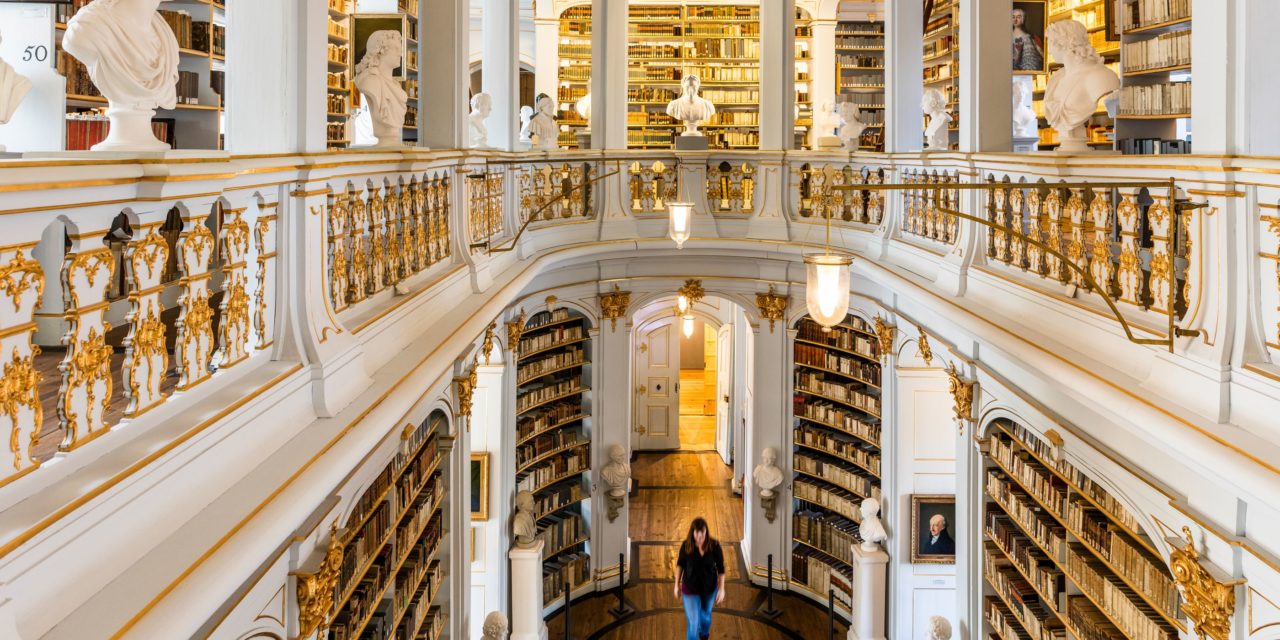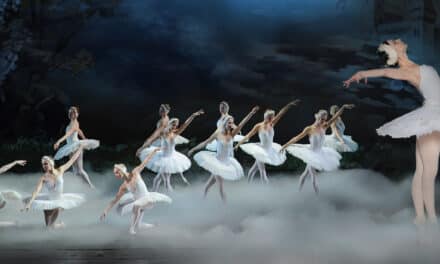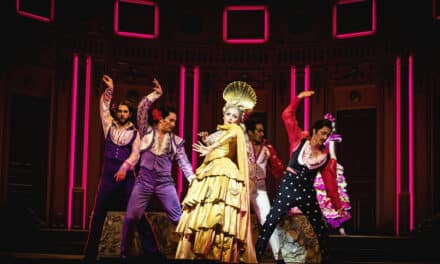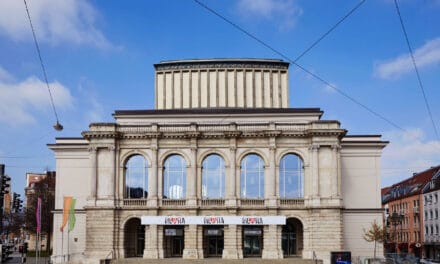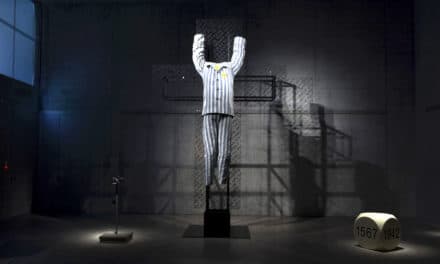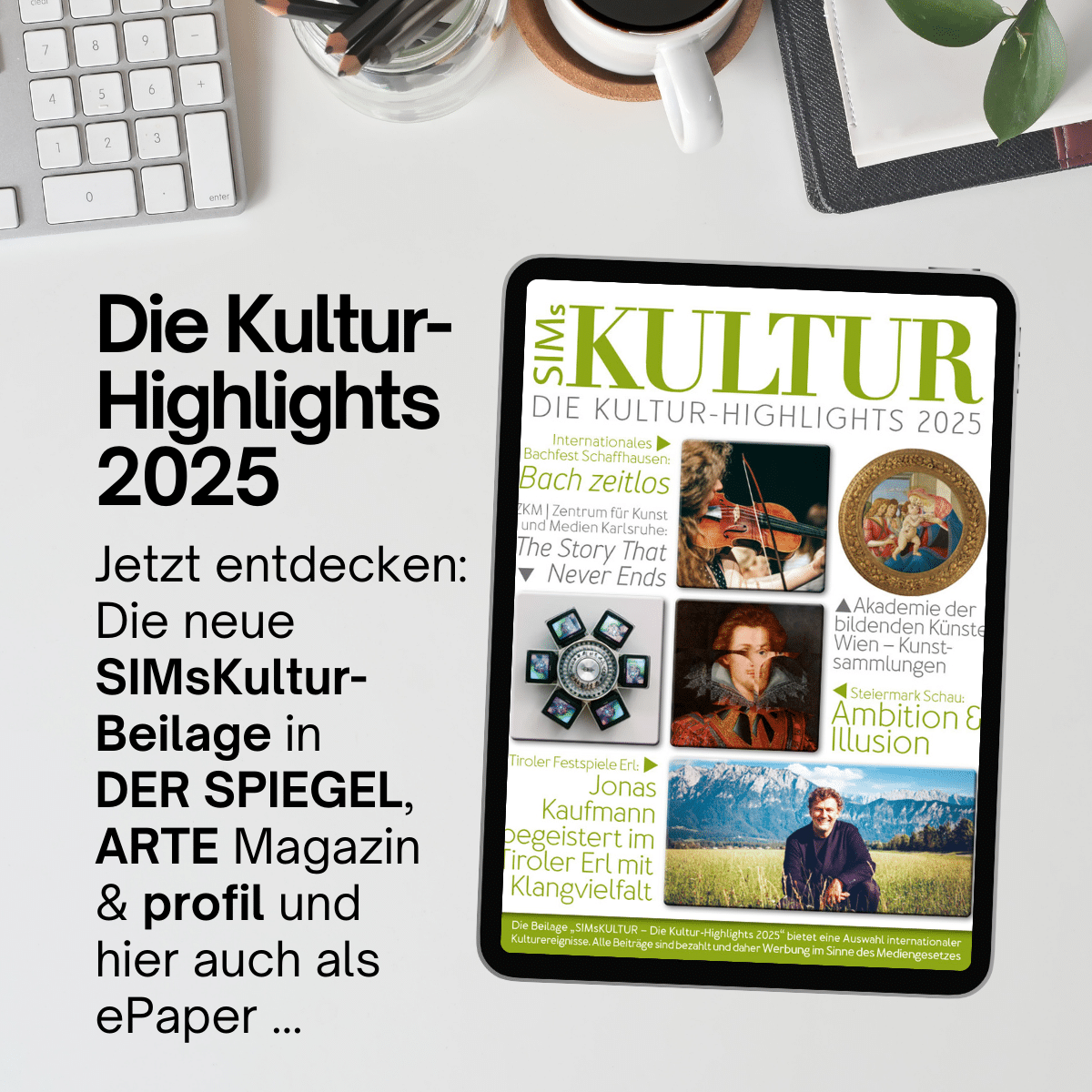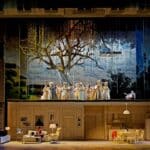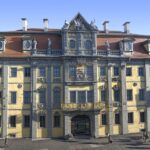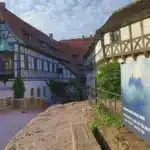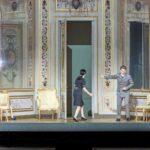The library
The Duchess Anna Amalia Library is a publicly accessible archive and research library for European literary and cultural history with a special focus on the period between 1750 and 1850. In the tradition of a princely library, it has collections from the 9th to the 21st century, which are constantly being supplemented, indexed and made accessible with current research literature.
Over 1 million media are available for loan and use, and around 170,000 volumes can be used and borrowed on site in the open access area of the Study Center.
The historic library building with its famous Rococo Hall is part of the "Classical Weimar" ensemble and is visited by around 100,000 people every year.
Historic building and rococo hall
The historic library building with its famous rococo hall has been a UNESCO World Heritage Site since 1998, together with other Weimar sites of German Classicism.
The Rococo Hall forms the inner center of the historic building. Established at the behest of Duchess Anna Amalia and opened in 1766, it still preserves and presents important parts of the library's collections today. After the fire, the Historical Building was completely renovated and reopened in 2007.
An exhibition in the Renaissance Hall provides information on the topic of "Restoration after the fire". Unlike the Rococo Hall, the exhibition in the Renaissance Hall can be visited without a ticket and admission is free.
The three-storey rococo hall was set up in 1766 for the ducal library, and today there is room for around 40,000 books on the shelves. These are by no means just decorative museum objects, but can be ordered for reading in the reading room.
In addition to books, the room is also decorated with various paintings and busts. They depict the princely family, but also and above all poets, artists, researchers and philosophers. Just 15 years after the inauguration, Duke Carl August, the son of Anna Amalia, had already begun to erect a monument to his contemporaries - including Herder, Wieland and Goethe - in portrait busts. In the 19th century, the Rococo Hall then became a much-visited memorial to Weimar Classicism.
The harmonious interplay of architecture, art treasures and books represented the order of knowledge in the world in the 18th century. Even today, it makes a visit to the Rococo Hall a unique experience.

